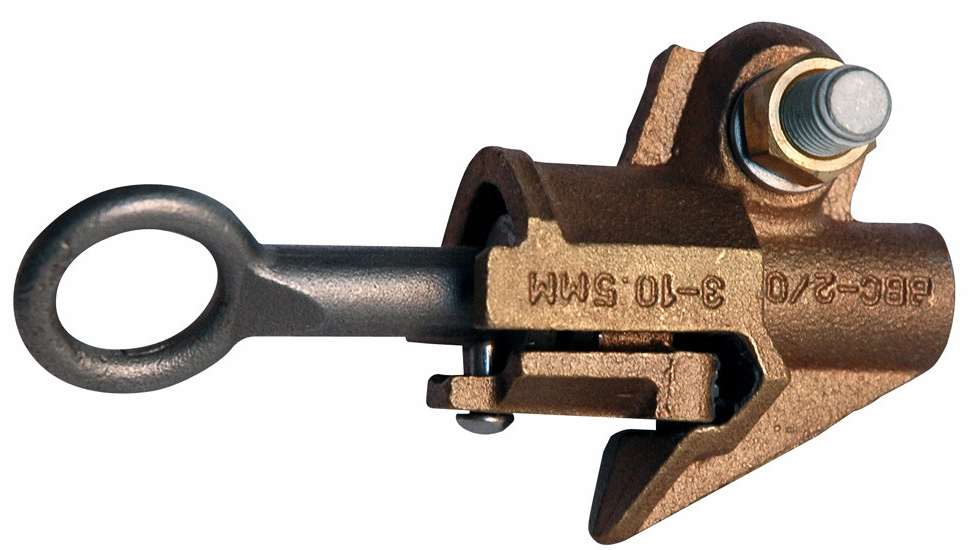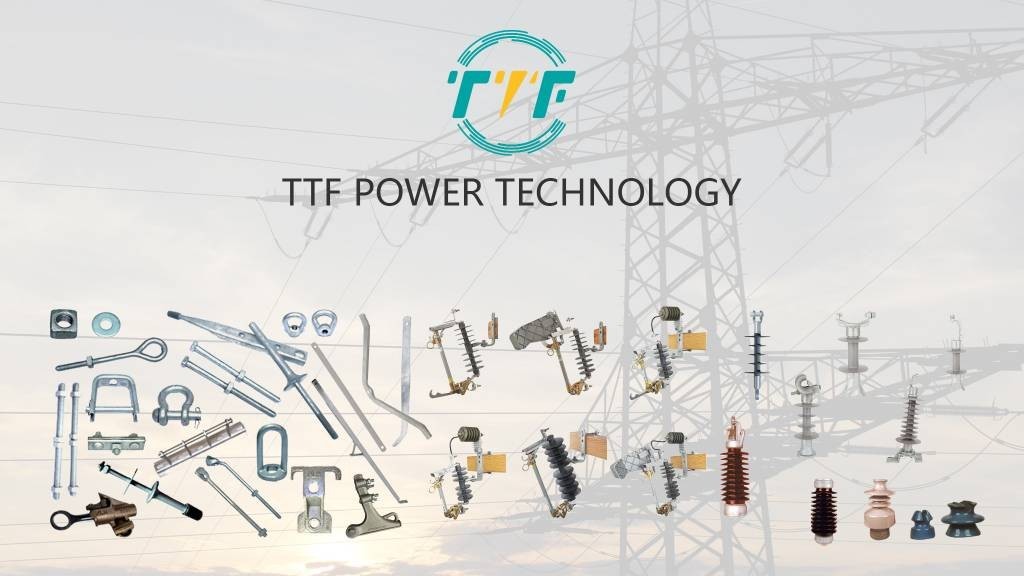
The Horizonte wind farm is a key milestone in Chile’s renewable energy industry, representing a collaboration between ENERCON. This agreement resulted in the construction of South America’s largest wind farms. It also demonstrated modern technology and a dedication to sustainable energy solutions. The project has 140 ENERCON E-160 EP5 wind turbines, each with a capacity of 5.83 MW, totaling 816 MW. The turbines install on custom-designed steel towers that are 95 meters tall. The ENERCON E-160 EP5 turbines deployed at Horizonte include cutting-edge features. These include a sophisticated direct drive system that improves efficiency and dependability, as well as a rugged design suitable for harsh environments. The turbines have a 160-meter rotor diameter and able to resist the high temperatures and wind speeds of the Atacama Desert. Hotline tap clamps are crucial components in optimizing Chile’s renewable energy targets.
Hotline tap clamps are also called live-line clamps or hotline connectors. They play an important role in large-scale wind farms like as Chile’s Horizonte. They allow for the safe, efficient transmission of power from wind turbines to the grid without the need for shutdowns. A hotline tap clamp is a type of electrical connector that taps into line power lines and branch electrical connections, ensuring low-resistance, high-conductivity junctions to reduce energy loss. They serve mostly in medium- and high-voltage transmission lines. Hotline tap clamps allow for repairs without shutting down entire parts of the wind farm. High-performance tap clamps connect wires between the wind farm’s substation and the main grid.
How Chile’s Horizonte Wind Farm Powers Homes
The Horizonte wind farm generates enough electricity to power Chile’s households. Each wind turbine transforms kinetic wind energy to electrical electricity. Electricity is originally generated at low voltage, and on-site transformers enhance the voltage for efficient transmission. Cables connect several turbines to a central substation. Substations, smart grid technology, and battery storage are key technologies that support wind energy in Chile. Horizonte’s substation converts electricity from 33 to 220 kV for long-distance transmission. Battery storage helps to offset Chile’s erratic wind generation. Hotline tap clamps enable maintenance staff to install new turbines without disturbing power flow. They help to reduce resistance and energy loss in long-distance cables.
The importance of hotline tap clamps in wind farm construction.
Hotline tap clamps are critical components of the electrical infrastructure at the Horizonte wind farm in Chile. They provide dependable, efficient, and safe power transmission. They contribute to the long-term availability of high-voltage transmission lines. Hotline tap clamps provide efficient energy transmission, grid stability, and minimal downtime. The roles of hotline tap clamps in wind farm development are as discussed in detail below.

- Reliable electrical connections—hotline tap clamps attach tap conductors to main transmission lines and ensure uninterrupted power flow. The clamps are key in interconnecting the 140 wind turbines to the power grid.
- Live-line maintenance—hotline tap clamps can be installed while the transmission line remains energized. This helps reduce power disruptions during the installation, maintenance, and potential future expansion of the wind farm.
- Grid stability and load distribution—hotline tap clamps help distribute electrical loads evenly, reducing stress on the grid.
Key technology used at the Horizonte wind farm in Chile
The Horizonte wind farm is the largest and most advanced in Latin America. The project used a variety of technologies to assure efficient energy generation, sustainability, and dependability. These technologies will continue to influence the development of wind energy in South America. The technologies used to support Chile’s Horizonte wind farm are as discussed below.

- Advanced wind turbines – the wind turbines used feature direct-drive systems for high efficiency and lower maintenance. They also feature a 160-meter rotor diameter designed to capture more wind energy.
- High-voltage transmission and grid integration—high-voltage substations and transmission lines ensure the transfer of energy over long distances. Hotline tap clamps enable live-line work and reduce downtime during maintenance.
- Smart wind farm management—the use of a SCADA system—allows real-time monitoring of wind turbine performance and grid conditions. Remote control and automation enable operators to adjust turbine settings based on wind conditions.
- Sustainable construction and environmental adaptations—specialized turbine foundation designs were used to ensure stability in seismic-prone and desert soil conditions. Dust- and sand-resistant coatings were applied to turbines and electrical components to withstand the extreme Atacama Desert climate.
